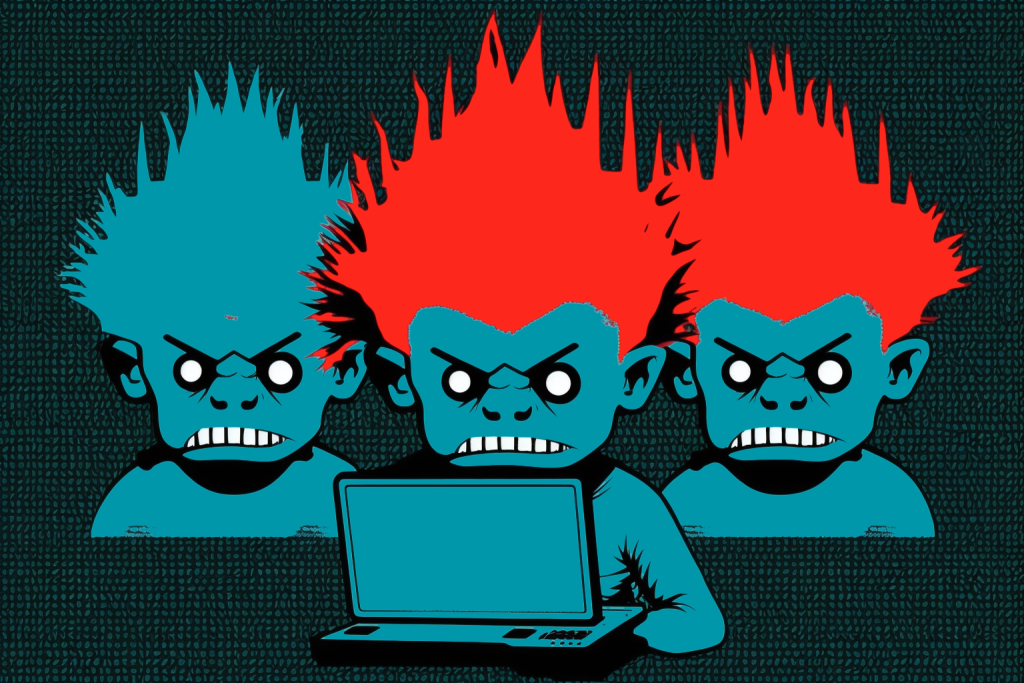For as long as media and communication technologies have existed, information and disinformation have existed alongside one another, like Jekyll and Hyde. From the earliest stone tablets to the digital landscape.
The problem being experienced today is not so different to that experienced half a millennia ago with the public printing press. There’s an explosion of information — with a lot of good stuff and a lot of nonsense. While major legacy institutions try to wrestle back control of the narrative and appeal to the public to trust their status and authority. In the end, there’s a search for something to elevate quality over the rest.
In that case, it was sources and scientific methodology. In this case, it’s still a work in progress.
Disinformation Weaponised
But while there are numerous similarities, one crucial difference is the scale at which chaos can be weaponised through blatant disinformation.
In the past, chaos was mostly (although not exclusively) a byproduct. It wasn’t necessarily the explicit objective. Disinformation was strategically utilised, however church and state — who before the printing press went public had a monopoly on publishing books — sought to maintain their status through control of a narrative, rather than destabilisation.
It didn’t work out so well.
Now, media organisations and governments seek much the same thing — to be trusted and seen as sources of truth. Yet the strategic objective of numerous actors, from intelligence agencies to bot farms, is increasingly to muddy the waters so much that even the very concept of truth is thrown out the window, then take advantage of the situation.
This has been the reality of the information landscape over the last decade — written about extensively and detailed in reports on the shifting modus operandi of intelligence agencies.
It represents a complex threat, both to international geopolitics and more acutely, the stability of established democracies. Yet ultimately the scope has been limited. When it came down to democratic decision-making, once an individual stepped in front of the ballot box, nothing short of corruption could interfere.
Democracy Digitised
But what happens when the democratic process is digitised? What happens when that final step opens itself up to direct infection from the same agents of chaos that infect the discourse?
As it stands, digital democracy is set to keep growing. The reasons are obvious. It’s easy. It’s accessible. It’s efficient. It offers the means to scale more nuanced forms of political participation. And there’s plenty of room for innovation.
At the level of conventional elections, there has been no shortage of debate as to the potential for interference. Most notably and most recently, in the Brazilian presidential elections and the US midterms. But here, there are clear and effective mechanisms for averting the worst outcomes. Voting machines, voting software and the votes themselves can be (and are) audited.
No major corruptions have been identified and outcomes have not been notably affected as a result. Nevertheless, vigilance is critical as experts still warn about persistent security risks.
Participation Destabilised
But then there is digital participatory democracy. It’s a smaller space, but growing rapidly. In Europe in particular there are innumerable cities, great and small, that now practise some form of participatory democracy, whether it’s putting together a budget or creating the means for citizens to bring proposals directly in front of legislative bodies.
It’s a productive time for democratic innovation. But it’s also an important crossroads.
Because the space is still in its relative infancy, governments and providers are doing everything they can to try and drive up participation. And as such, the mechanisms in place for verifying the identity of participants and ensuring against the pollution of results, either through active disinformation or faked participants, take a bit of a back seat.
This is a widely recognised problem. But perhaps not yet accounting for the fact that as the space grows and digital participatory democracy becomes more common, it will rapidly attract the same agents of chaos and mechanisms of disinformation that currently devote enormous resources to, among other things, creating thousands of fake twitter accounts.
In some ways, being targeted can be seen as a measure of success. Proof that digital participatory democracy is becoming a serious component of the wider democratic process.
So far that interference does not seem to happen at a large scale. But when it happens, the most important problem faced by the growing industry — namely, participation — will likely take a hit it can ill afford.
So too will trust in the outcomes. And with a diminished capacity to audit participation and authenticate results, the industry risks a backslide, fueled by its own success.
All the more need to address the issue now, before attracting all the wrong kinds of attention.
